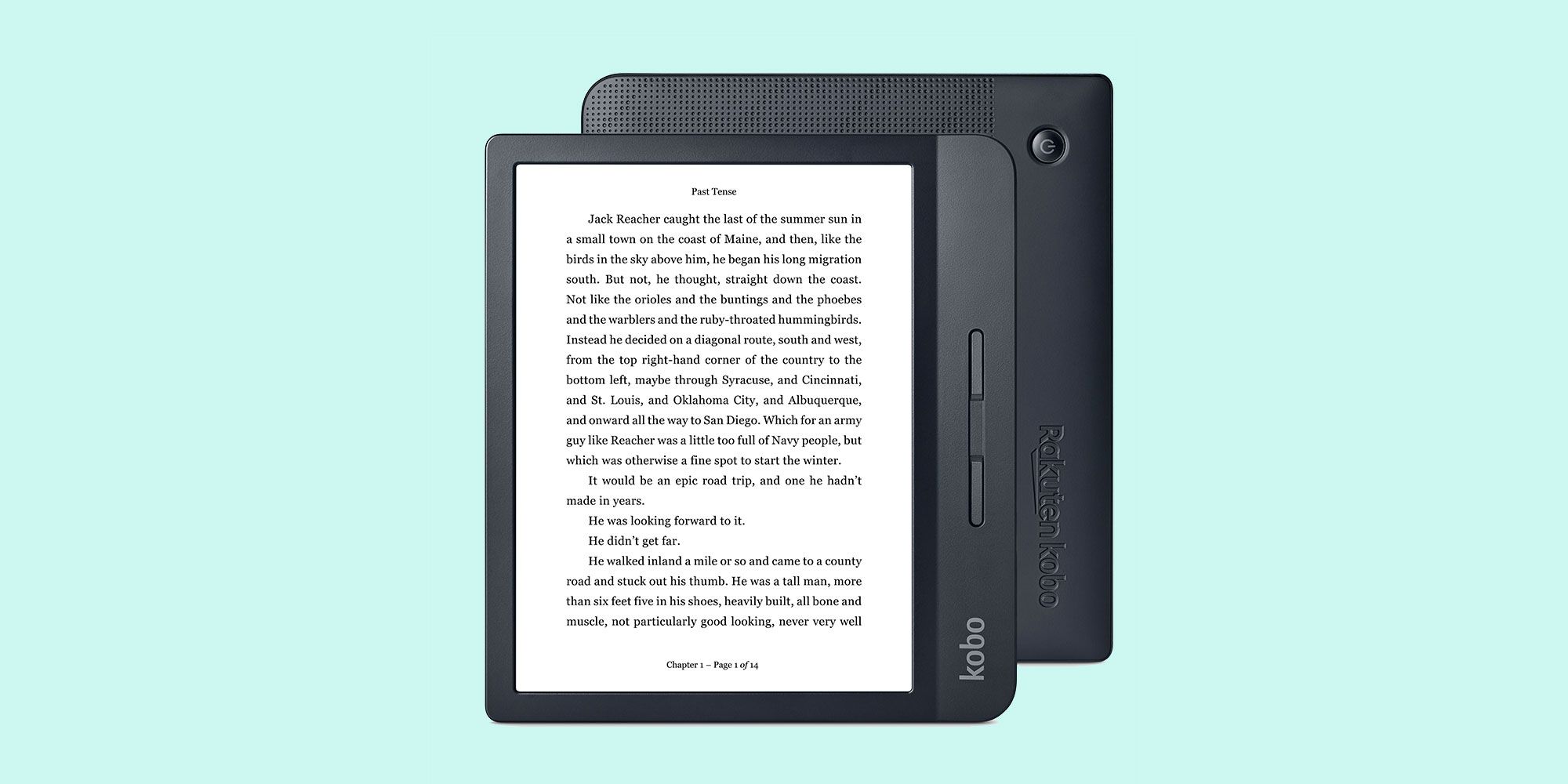
There’s no plastic covering the screen at all, actually. Kobo has chosen to stick with the same front design as the first Libra, with the touchscreen inset slightly - the exact opposite of the Kindle’s full-flush front, where the seams between the screen and the bezels are imperceptible. The Libra 2 sports a 7-inch E Ink Carta 1200 touchscreen, a significant step up in terms of speed over its predecessor. Kobo Libra H2O (left) vs Kobo Libra 2 (right). We only include products that have been independently selected by Input’s editorial team. Input may receive a portion of sales if you purchase a product through a link in this article.

It’s this kind of design decision that sets the Libra 2 apart from the rest of the e-reader market. Rather than fumbling around for a hand-hold (as I found to often be a struggle with the Paperwhite), Kobo has given us the perfect place to hold our electronic books one-handed. This hardware quirk is demonstrative of the Libra 2’s greatest gift to readers. The first thing you’ll notice with the Libra 2 is its asymmetry: the right-side bezel extends outward a few inches to house the device’s physical page-turn buttons. The hardware is streamlined, yes, but not to the point where all that’s left is a screen. The Libra 2 - the H2O has been dropped from its name - looks nothing like its cousin the Kindle Paperwhite. The Libra 2 is just as refreshing, now with adjustments to bring Kobo’s best into the new decade.


Kobo’s Libra H2O helped me fall in love with e-readers again after Amazon’s monopolistic practices left an acrid taste in the back of my throat.Īfter feeling cornered by Kindles for years, the Libra was a spring of the purest digital water.


 0 kommentar(er)
0 kommentar(er)
